Notes
Foreign Policy's Painted Lady: Sex Issue Cover Model Too Sexy For "Her Burqa"
Mona Eltahawy’s Foreign Policy article, “Why Do They Hate Us?” quickly went viral last week, illustrating the public’s appetite for serious coverage of global gender issues. Ironically, the visuals that graced the magazine’s cover and accompanied the essay suggest that FP’s editors thought they needed to appeal to a different appetite in order to sell their magazine. And every good magazine editor knows that nothing moves copy faster than naked women’s bodies (just ask Tina Brown).
The cover photo typifies the growing trend of news magazines opting to feature provocative art pieces on their covers instead of more costly (and politically relevant) photojournalistic images. It also speaks volumes about the Western war on women that FP opted to ignore in its “Sex Issue.”
Although Eltahawy’s article details the litany of human rights abuses to which women are subjected in many non-Western countries, the accompanying images reflect a distinctly Western gaze. The anonymous woman is shrouded in black body paint meant to invoke a traditional burqa, but the woman’s thin frame, protruding bones, visible breast, and submissive stance mirror the aesthetic of the fashion photography common in Western advertising. FP editors populate the magazine’s special issue (which ostensibly champions women’s strength) with illustrations that reinforce women’s physical vulnerability—and then suggest that such vulnerability is sexy. The photos also have a voyeuristic quality that is particularly disrespectful of both women and Islam (so that’s what they’re hiding under those burqas . . . ).
The titillative quality of the images complements the broader theme of the FP special issue. Dubbing it “The Sex Issue” (as opposed to the “gender justice” issue or the “women’s rights” issue), the editors featured articles with titles such as “The Bedroom State” and “The Ayatollah Under the Bed(sheets).” Although many of the articles offer nuanced analysis of the ways in which the personal is political, the thematic and visual choices employed by the editors to frame the special issue trivialize and sexualize gender politics. They also serve as another example of the ways in which political culture is becoming increasingly pornified.
At the bottom of the digital edition of the “Why Do They Hate Us?” article, readers are directed to the issue’s other essays with the following graphic:
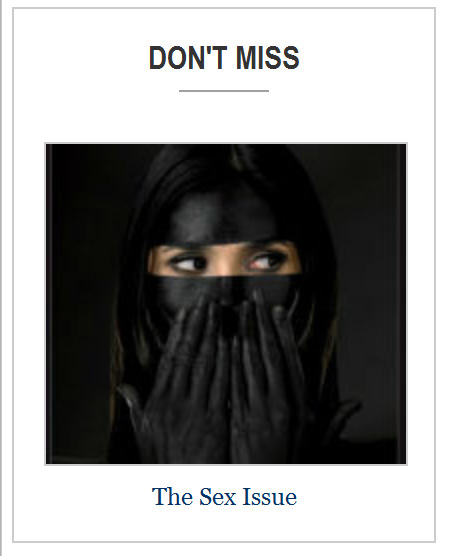 The artistic depiction of Muslim women’s alleged voicelessness morphs into the visage of a coquettish girl giggling surreptitiously at a dirty joke. The real issue here, at least reading the pictures, is that sexism is no joke.
The artistic depiction of Muslim women’s alleged voicelessness morphs into the visage of a coquettish girl giggling surreptitiously at a dirty joke. The real issue here, at least reading the pictures, is that sexism is no joke.
— Karrin Anderson
(photos: Aaron Goodman for FP)
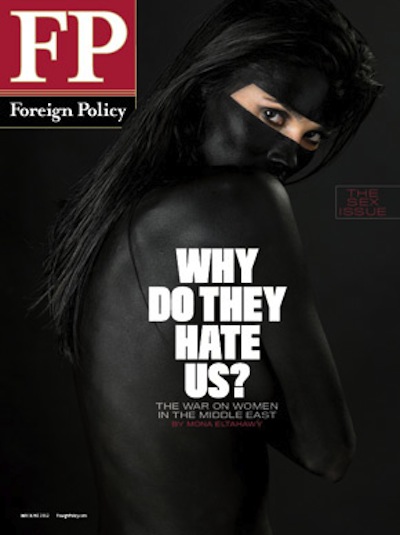
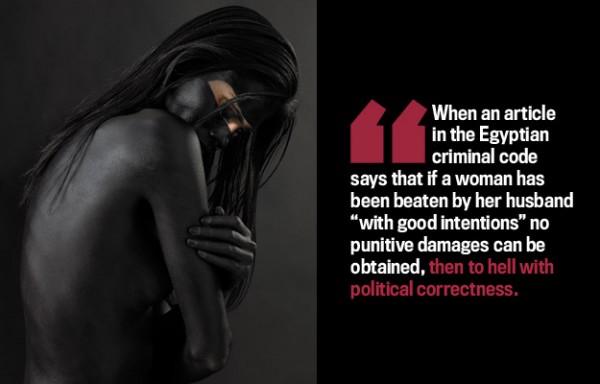
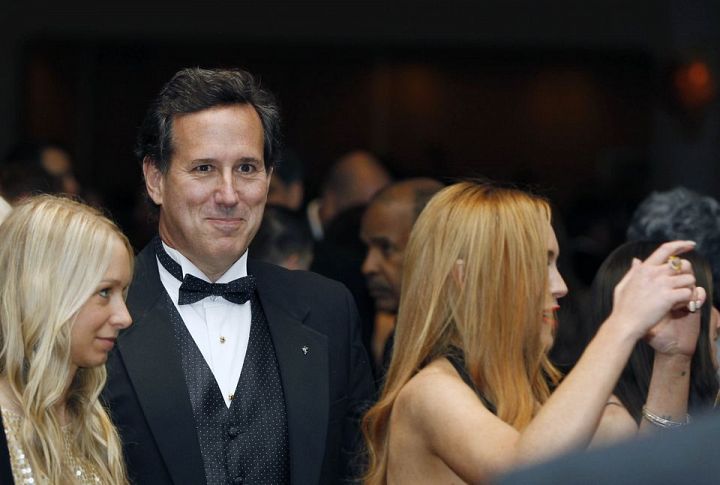
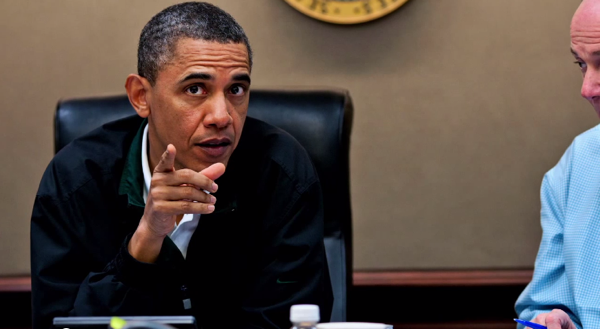
Reactions
Comments Powered by Disqus